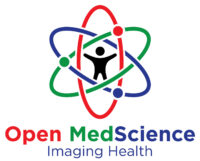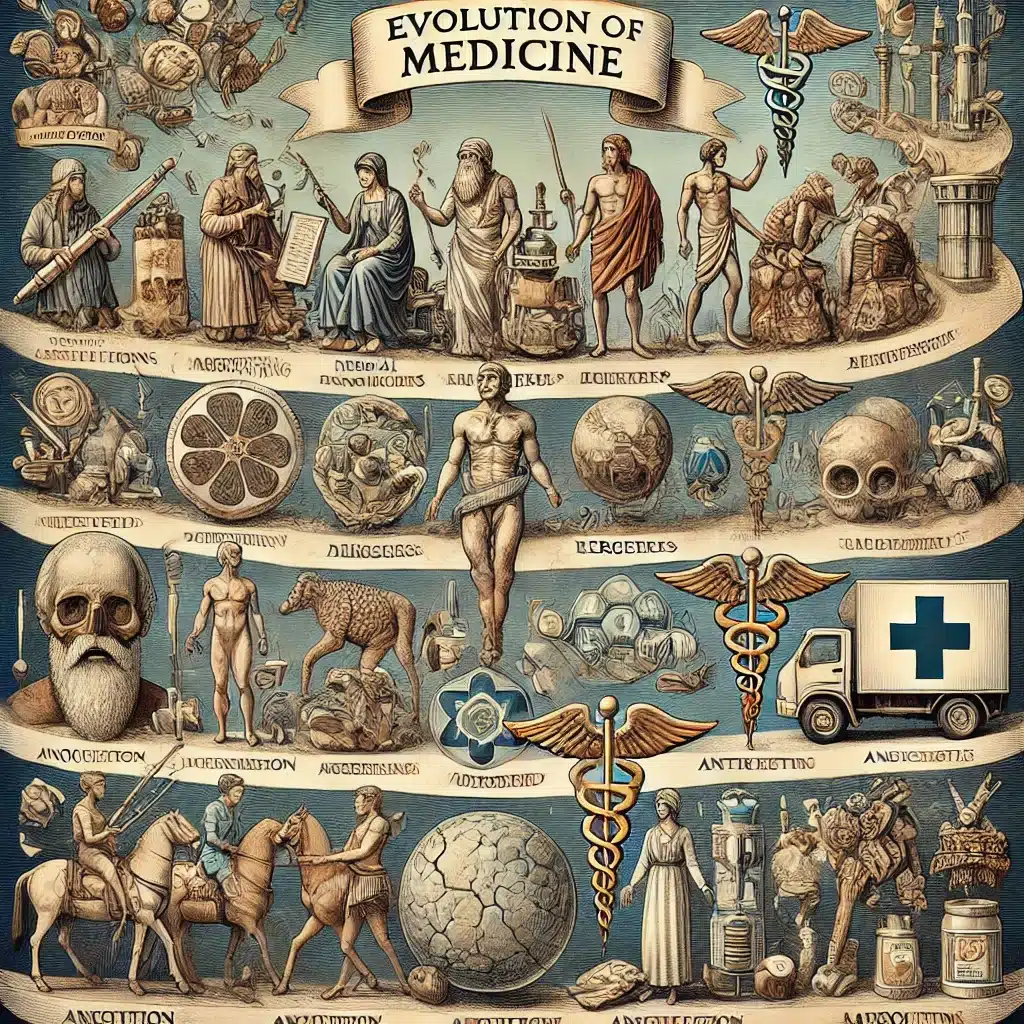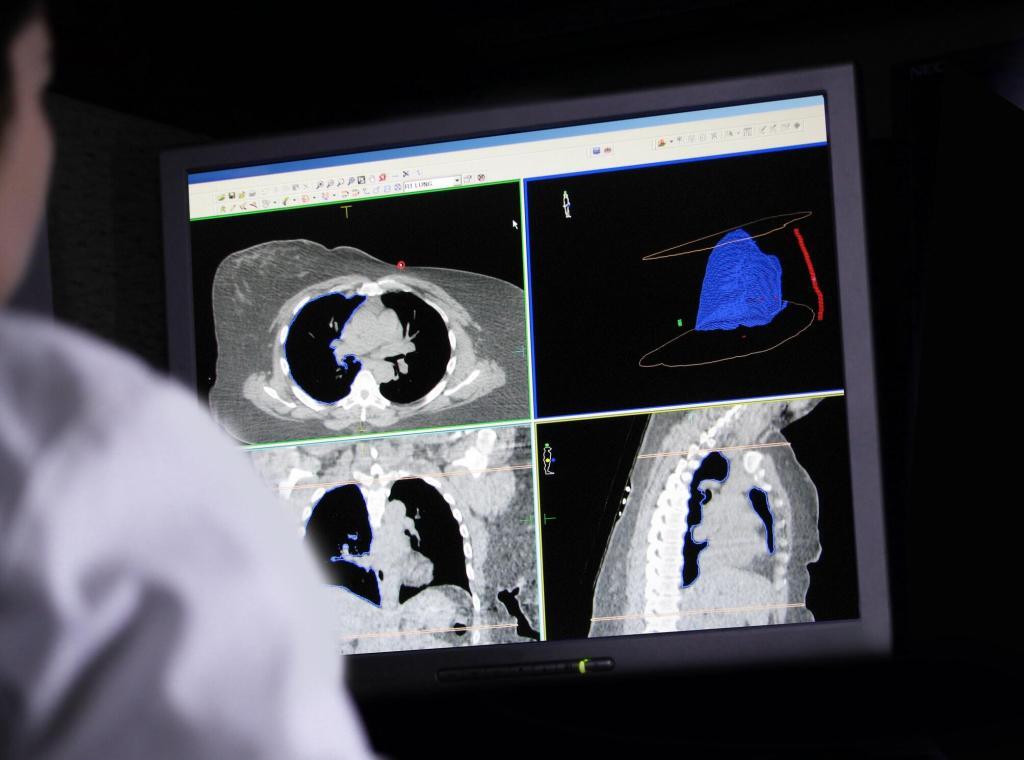Stem Cells in Modern Medicine
Unique cells found in the body, stem cells have the amazing capacity to grow into many different cell types—from muscle cells to brain cells. They divide to replenish other cells in tissues, therefore acting as a repair system. Stem cell research began in the 1960s when researchers Ernest McCulloch and James Till first found stem cells in bone marrow with regeneration capacity. Breakthroughs over the years have included the 1981 discovery of embryonic stem cells and the revolutionary 2006 development of induced pluripotent stem cells (iPSCs) by Shinya Yamanaka, which let mature cells be reprogrammed to a stem-cell-like form. Promising treatments in regenerative medicine, transplantation, and illness research find a path thanks to these developments.
Because of their special capacity to differentiate into several cell types and their ability to restore damaged tissues, which gives hope for healing once incurable diseases, stem cells are a revolutionary development in medical science. The application of ways to well stem cell cost in creating innovative treatments for disorders such Parkinson’s, diabetes, and heart disease marks one of its main benefits. They also are quite important for understanding disease dynamics at a cellular level and for drug testing. The field does not, however, present without difficulties. On the down side, ethical questions about embryonic stem cells and the possibility of tumor development under some treatments provide obstacles. As science keeps revealing the great potential of stem cells pros and cons while addressing social and medical issues, it is essential to strike a balance between their advantages and disadvantages.
Types of Stem Cells and Their Unique Roles
Though their use usually necessitates weighing their advantages and drawbacks, stem cells provide medical benefits and can differentiate into several cell types. Early-stage embryonic stem cells are valuable for research and restorative treatment since they can become any kind of cell. Many areas forbid its use for moral and legal concerns. But safer and less contentious are adult stem cells found in fat and bone marrow. Though their practicality and availability make them valuable for treating leukemia and healing injured tissues, they can only differentiate into fewer cell types. Knowing these stem cells pros and cons helps one to balance their great promise with their challenges.
Using induced pluripotent stem cells (iPSCs), which have many of the advantages of embryonic stem cells without the ethical concerns, regenerative medicine has advanced. Adult cells can be reprogrammed to become pluripotent, therefore enabling practically any kind of differentiation. iPSCs tailored to patients help to lower immunological rejection risk during transplantation. Their origins runs away from embryonic tissue conflict. IPSCs have challenges, including long-term safety and tumorigenicity, much as conventional stem cells. While safe and clinically employed, adult stem cells have less differentiation capacity than iPSCs. This demonstrates how knowing the different types of stem cells enables one to maximize their advantages to solve CNS and other problems for practical uses.
How Stem Cells Are Used in Medicine Today
Stem Cells in Regenerative Medicine
Stem cells are the foundation of regenerative medicine; they let the body heal itself by repairing and replacing damaged tissues and organs. Treating spinal cord injury, heart disease, and degenerative diseases can benefit from stem cells’ ability to grow into several cell types. When evaluating the stem cells pros and cons, one must consider ethical issues, immune system rejection, and uncontrollable multiplication in some uses. Notwithstanding these challenges, research creates fresh paths for innovative drugs with potential to transform medicine.
Stem Cell Therapy in Orthopedics
Stem cells are used in this ground-breaking approach to heal cartilage damage, fractures, and osteoarthritis. Differentiating into particular cell types, stem cells help the body heal tissue, lower inflammation, and increase its own natural repair mechanisms. Unlike surgery, stem cell treatment may improve results and recuperation and is minimally invasive. Although research is still in progress, early clinical findings for orthopedic patients show promise in restoring mobility and reducing discomfort.
Treating Blood Disorders Like Leukemia and Lymphoma
Healthy blood cells are generated to replace faulty ones from hematopoietic stem cells from bone marrow, peripheral blood, or umbilical cord blood. Stem cell treatment can cure some blood malignancies when combined with radiation or chemotherapy. Many patients enter long-term remission. Drawbacks of the treatment include donor compatibility problems, recurrence, and graft-versus-host disease. Stem cells pros and cons research advances results and increases the availability of this life-saving treatment despite these limitations.
Role of Stem Cells in Neurological Conditions
Stem cells can replace lost or damaged neurons since they can grow into several cell types, therefore supporting nervous system repair and regeneration. Dopamine-producing neurons, which stem cell treatment repairs for Parkinson’s disease, determine motor ability. Stem cells are used in MS research to fix the damaged myelin sheath, therefore restoring perhaps nerve function. Although these treatments are currently under research, early clinical studies indicate promise for those suffering with these annoying conditions.
Skin Regeneration and Burn Recovery Using Stem Cells
By accelerating healing and tissue repair, stem cells are changing burn recovery and skin rejuvenation. By growing into several skin cell types, stem cells can minimize scarring and repair healthy skin, therefore offering hope to patients suffering severe burns and persistent wounds. They might reduce skin transplants and speed healing. Stem cells have also disadvantages. When weighing the stem cells pros and cons in therapeutic applications, one must take into account ethical issues, high costs, and the possibility of immunological rejection or tumor formation. Research advances safer and more effective treatments despite these challenges.
Emerging Innovations in Stem Cell Therapy
Stem cell research has made gene editing and bioprinting possible, therefore transforming medicine. Precision genomic editing made possible by CRISpen with stem cells could treat hereditary diseases and stop genetic anomalies. By producing customised organs from a patient’s cells, lab-grown organs and bioprinting with stem cells could help to solve organ shortages. These advances highlight ethical and pragmatic problems as well as indicate how stem cells might revolutionize medicine. Among the stem cells pros and cons, patient accessibility, high costs, and long-term health hazards are some of the disadvantages, despite the fact that they offer innovative treatments and customized therapy.
Stem cells offer creative approaches for illness therapy in individualized and precision medicine. Personalized treatment is made possible by the capacity of stem cells to develop into several cell types. Therapy efficacy has been raised by recent developments in stem cell delivery technology. Using biomaterial scaffolds, microcapsules, and nanoparticle transporters helps stem cell distribution to particular body locations be more exact and safe. These developments lower risks and increase the effectiveness of stem cell treatment, therefore promoting customized medical solutions for many different diseases and conditions.
Stem Cells Pros and Cons: A Balanced Look
Though they offer difficulties, stem cells show considerable promise for addressing many medical conditions. For people with spinal cord injuries, diabetes, and some malignancies, stem cells provide promise for damaged tissues restoration. Stem cell research and drug testing help to advance medicine. Still, stem cell treatments have certain disadvantages. Experimental drugs can induce unforeseen adverse effects, infection, and immunological rejection. Usually, their use is limited by their costly nature and ethical questions. Understanding stem cells pros and cons is essential as science pushes the boundaries of this exciting topic.
Embryonic stem cell ethics is one of the most troubling aspects of stem cell research. Many times, these cells are taken from human embryos by means of destruction, therefore generating moral and philosophical disputes on human life and embryo rights. Different societies and faiths embrace or reject these ethical issues differently. Problems with regulations and approval further impede global development. While some nations forbid research and development, others have clear guidelines for scientific advancement. Ethical and scientific innovation has to be balanced as governments and researchers try to answer public questions and support stem cell therapy.
Sometimes a cause of strife, many patients around cannot afford stem cell treatment. Though patients must weigh stem cells pros and cons before proceeding, stem cells can treat injuries and chronic disorders. Renowned clinics often highlight the revolutionary possibilities of these treatments, although some may exaggerate findings without enough evidence. For vulnerable patients, ethical questions and false hope surface. Making sure cost and expectations line up with accepted success and safety criteria means juggling innovative medical developments with reasonable results.
The Future of Stem Cell Medicine
With their amazing capacity to regenerate and differentiate into several cell types, stem cells have transformed the discipline of medical science. These special cells provide possible treatments for disorders like spinal cord injury, diabetes, and Parkinson’s disease, therefore opening the path for innovative developments in regenerative medicine. Stem cell research gives patients with once untreatable disorders hope by allowing the healing of damaged tissues and organs. Furthermore, they signify a radical change in both therapy and biological research and have become a great instrument in medication development and knowledge of the evolution of many diseases.
Although stem cells pros and cons research offers hope, its possible influence should be balanced with realism even if its promise excites optimism. Stem cell research offers ground-breaking opportunities for treating chronic diseases, enhancing drug testing, and clarifying biological processes. The drawbacks, however, cannot be overlooked; ethical questions, expensive therapies, and technical difficulties guaranteeing efficacy and safety in treatments all count. For science and mankind, the road ahead calls for careful navigation of this complexity to guarantee responsible and fair pursuit of developments. By tackling these issues, the field can keep developing providing lasting solutions and building society confidence in its findings.
Disclaimer
The content provided in this article is intended for general informational and educational purposes only. It does not constitute medical advice, diagnosis, or treatment, and should not be used as a substitute for consultation with a qualified healthcare professional. While efforts have been made to ensure the accuracy and timeliness of the information presented, Open MedScience makes no guarantees regarding its completeness or reliability. Stem cell therapies remain an area of ongoing research and development; some treatments mentioned may not be approved, widely available, or supported by long-term clinical evidence. Ethical and regulatory considerations may also vary by region. Readers are advised to consult appropriate medical professionals or regulatory authorities before making decisions based on the material in this publication. Open MedScience does not endorse or promote any specific treatment, product, or provider referenced herein.




